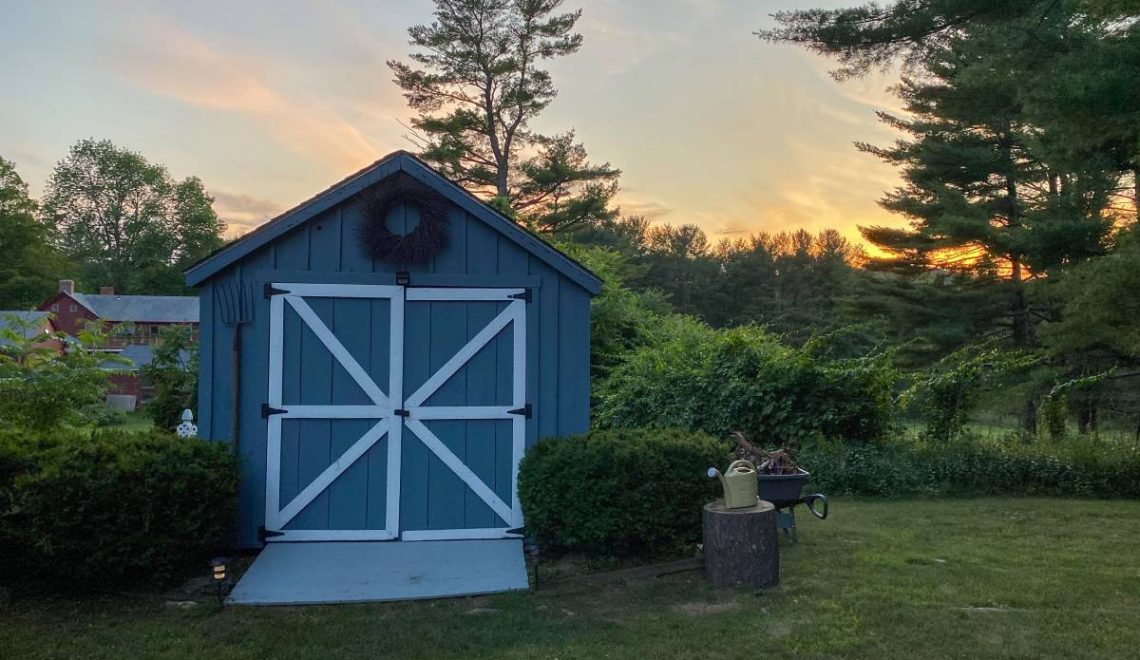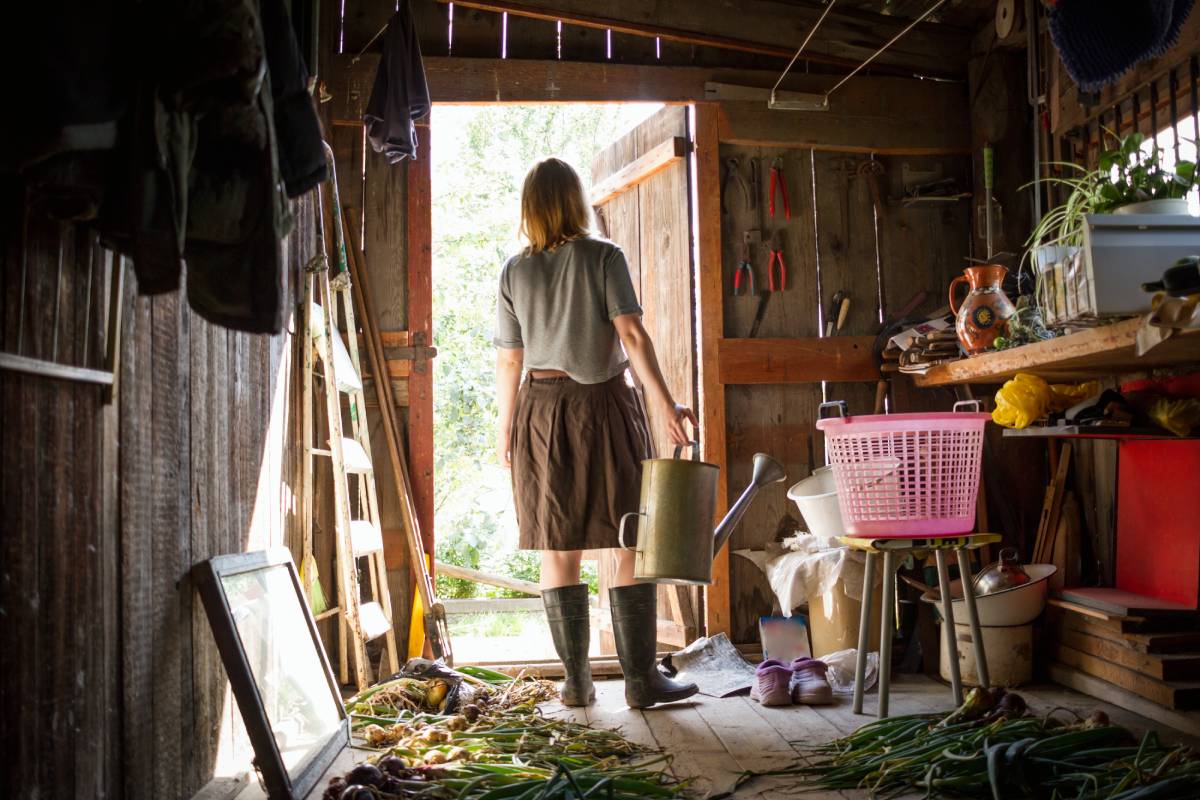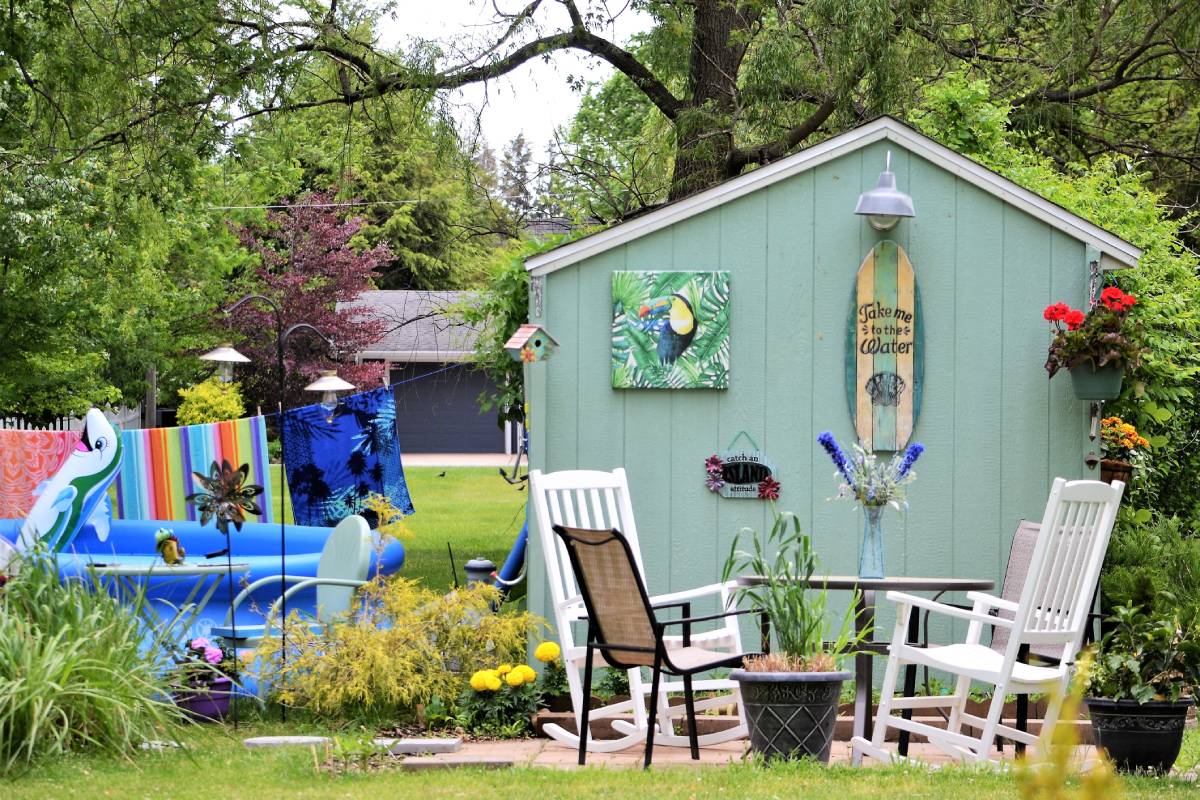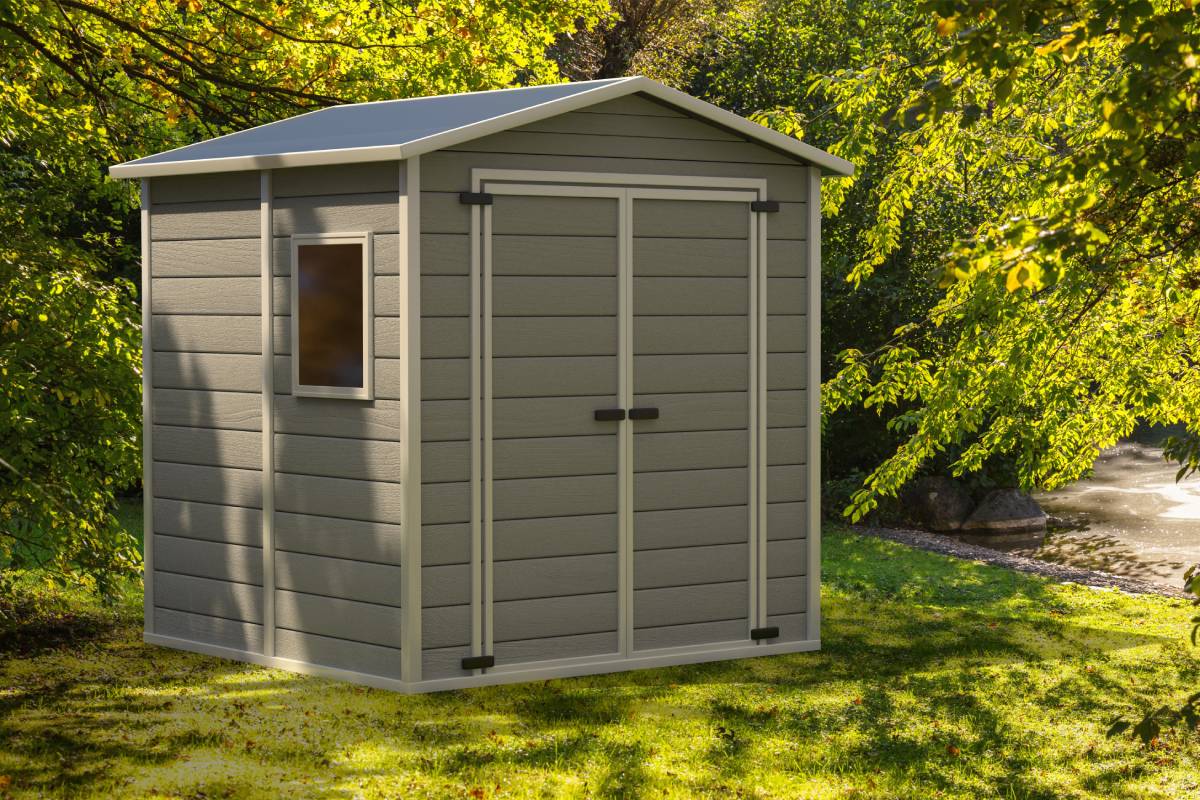
Garden sheds, those quaint structures nestled in the corners of our yards, serve as more than just storage spaces; they are the unsung heroes of a well-organized garden. Choosing the right type of garden shed can transform your outdoor space, making it not only functional but also visually appealing.
In the following discussion, we will explore the concept of a garden shed, the various types available, and the considerations involved in making this valuable addition to your home.
Related article: What is pergola/gazebo? How long they last & which one’s better
These sheds come in various shapes and sizes, ranging from compact units that fit in tight spaces to larger structures that can accommodate a multitude of gardening supplies. They typically have a single-story design with a sloping roof to allow rainwater to run off easily.
The primary purpose of a garden shed is to offer a dedicated space for storing and organizing gardening essentials. This includes tools like shovels, rakes, hoes, pruning shears, and other implements that are essential for maintaining a healthy and beautiful garden. Additionally, garden sheds are ideal for storing bags of soil, pots, seeds, and fertilizers, keeping everything within easy reach when you’re working on your garden.
One of the key advantages of having a garden shed is the ability to declutter your outdoor space. Instead of leaving tools scattered around the yard or garage, you can neatly store them in the shed, creating a more organized and visually appealing garden area. This not only enhances the overall aesthetic but also makes it easier to find and access the tools you need when you’re ready to tackle a gardening project.

Garden sheds are typically made from a variety of materials, including wood, metal, and plastic. Wooden sheds are popular for their natural aesthetic, blending seamlessly into garden environments. Metal sheds are durable and resistant to pests, while plastic sheds are lightweight and require minimal maintenance. The choice of material often depends on personal preferences, budget, and the specific needs of the gardener.
In addition to storage, garden sheds can serve as functional spaces for various activities. Some people transform their sheds into gardening workspaces, potting sheds, or even cosy retreats for relaxation. With a bit of creativity, a garden shed can become a versatile asset that enhances both the practical and aesthetic aspects of your outdoor space.
To ensure the longevity and functionality of a garden shed, proper maintenance is essential. Regularly inspecting for damage, addressing any issues promptly, and applying protective treatments such as waterproofing can help extend the life of the shed and protect its contents from the elements.
Garden sheds offer numerous benefits for those looking to organize their outdoor space and enhance their gardening experience. However, like any addition to your home, they come with both advantages and disadvantages. Let’s explore the pros and cons of garden sheds to help you make an informed decision.
Pros of a garden shed
- Storage and Organization: Pros: The primary purpose of a garden shed is to provide storage space for gardening tools, equipment, and supplies. This helps keep your outdoor area neat and organized, making it easier to find what you need when working in the garden.
- Clutter Reduction: Pros: Garden sheds contribute to decluttering your yard or garage by providing a designated space for tools and equipment. This not only improves the overall aesthetics of your outdoor space but also reduces the risk of accidents by keeping tools safely stored.
- Protection from the Elements: Pros: Gardening tools are susceptible to rust and deterioration when exposed to the elements. A garden shed provides a sheltered space, protecting your equipment from rain, sun, and other weather conditions, and extending its lifespan.
- Versatility: Pros: Garden sheds can be repurposed for various activities. Some people transform them into gardening workspaces, potting sheds, or even cosy retreats for relaxation. This versatility allows you to make the most of your outdoor space.
- Customization: Pros: Many garden sheds are customizable to suit individual preferences. Whether you prefer a classic wooden design or a modern resin structure, you can choose a shed that complements your garden’s style. Custom-built sheds also provide the opportunity to tailor the design to your specific needs.
- Increased Property Value: Pros: A well-maintained garden shed can add value to your property. Prospective buyers often appreciate the presence of a functional and aesthetically pleasing shed, especially if it enhances the overall appeal of the outdoor space.
Cons of a garden shed
- Cost: Cons: Depending on the size, material, and customization options, garden sheds can be a significant investment. Custom-built or high-quality sheds may have a higher upfront cost, which could be a consideration for those on a tight budget.
- Maintenance: Cons: Wooden sheds, in particular, may require regular maintenance, such as staining or sealing, to protect against the elements. Failure to perform routine maintenance can lead to issues like rot or decay over time.
- Space Limitations: Cons: The size of your garden shed may limit the amount of storage space available. If you have an extensive collection of gardening tools or equipment, you’ll need to carefully plan and organize to make the most of the available space.
- Assembly Challenges: Cons: Some sheds, especially DIY kits, may pose challenges during assembly. While many come with clear instructions, the process may be time-consuming and may require more than one person to complete successfully.
- Aesthetic Preferences: Cons: The appearance of a garden shed may not appeal to everyone. While there are various designs and materials to choose from, personal preferences differ, and some may find even well-designed sheds to be less visually appealing.
- Local Regulations: Cons: Before installing a garden shed, it’s essential to check local regulations and zoning laws. Some areas may have restrictions on the size, placement, or appearance of sheds, and failure to comply could result in fines or the need to remove the shed.



